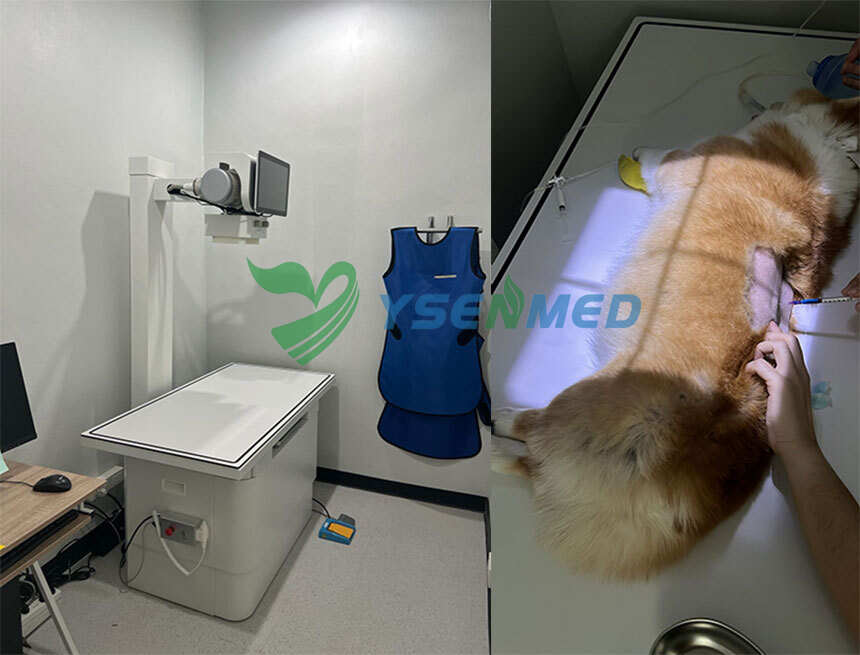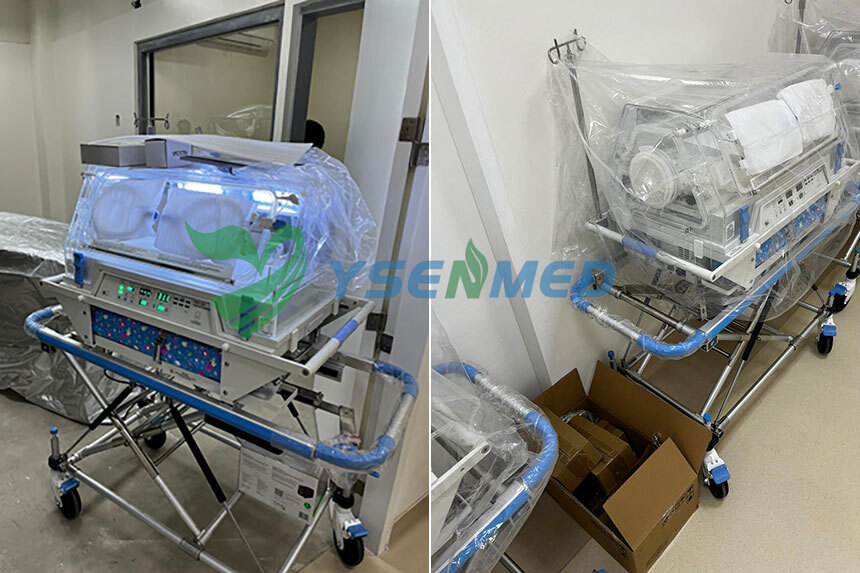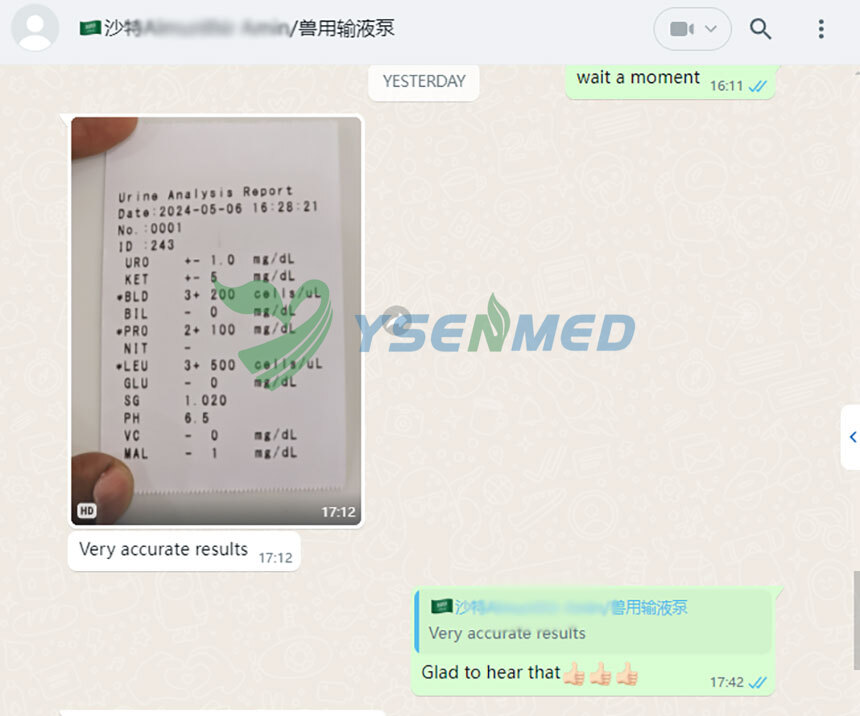Introduction:
Introduce the importance of electrolyte balance in the human body and the critical role of electrolyte analyzers in point-of-care testing. Emphasize the significance of rapid and accurate electrolyte measurements for patient care.
Section 1: Overview of Electrolytes and Their Importance:
Define electrolytes and highlight their essential role in maintaining physiological balance. Discuss the major electrolytes, including sodium, potassium, chloride, bicarbonate, calcium, and magnesium, and emphasize their impact on cellular function and overall health.
Section 2: Significance of Electrolyte Monitoring in Healthcare:
Explore why monitoring electrolyte levels is crucial in healthcare. Discuss the implications of electrolyte imbalances, including the potential for life-threatening conditions such as dehydration, hypernatremia, hyponatremia, hyperkalemia, and hypokalemia.
Section 3: Introduction to Point-of-Care Testing (POCT):
Define point-of-care testing and explain its significance in delivering rapid test results at or near the patient's location. Discuss the advantages of POCT, including faster diagnoses, streamlined workflows, and improved patient outcomes.
Section 4: Role of Electrolyte Analyzers in POCT:
Delve into the specific role of electrolyte analyzers in point-of-care testing. Highlight their ability to provide on-the-spot measurements of electrolyte concentrations, enabling healthcare professionals to make immediate treatment decisions.
Section 5: Types of Electrolyte Analyzers:
Discuss the various types of electrolyte analyzers available in the market. Differentiate between benchtop analyzers and portable/handheld devices, outlining their respective advantages and applications in different healthcare settings.
Section 6: Key Electrolyte Analytes and Measurement Techniques:
Examine the primary electrolytes measured by analyzers (sodium, potassium, chloride, bicarbonate, calcium, and magnesium) and the specific techniques employed for accurate measurements. Discuss ion-selective electrodes (ISE), colorimetric methods, and other innovative technologies.
Section 7: Applications in Emergency and Critical Care Settings:
Explore how electrolyte analyzers play a pivotal role in emergency and critical care situations. Discuss their ability to quickly assess and monitor electrolyte imbalances, guiding timely interventions and improving patient outcomes.
Section 8: Electrolyte Monitoring in Chronic Conditions:
Discuss the use of electrolyte analyzers in monitoring chronic conditions such as kidney disease, heart failure, and diabetes. Highlight how regular electrolyte testing contributes to the management of these conditions and helps prevent complications.
Section 9: Implementing POCT in Various Healthcare Settings:
Examine the practical aspects of implementing point-of-care testing with electrolyte analyzers in different healthcare settings. Discuss the considerations for integration into emergency departments, intensive care units, clinics, and ambulatory care settings.
Section 10: Advancements in POCT Technology:
Highlight recent technological advancements in point-of-care electrolyte analyzers. Discuss innovations such as connectivity features, integration with electronic health records (EHRs), and the use of artificial intelligence for result interpretation.
Section 11: Quality Control and Assurance in POCT:
Discuss the importance of quality control and assurance in point-of-care testing with electrolyte analyzers. Explore the measures taken to ensure accuracy, reliability, and compliance with regulatory standards.
Section 12: Training and Competency for Healthcare Professionals:
Emphasize the need for proper training and competency among healthcare professionals using electrolyte analyzers in point-of-care settings. Discuss ongoing education, certification programs, and best practices to enhance proficiency.
Section 13: Challenges and Considerations in POCT with Electrolyte Analyzers:
Address common challenges associated with point-of-care testing using electrolyte analyzers. Discuss factors such as operator variability, maintenance requirements, and potential limitations in certain clinical scenarios.
Section 14: Future Trends and Innovations:
Explore future trends and innovations in point-of-care electrolyte testing. Discuss ongoing research, potential technological advancements, and the evolving landscape of POCT in electrolyte monitoring.
Section 15: Comparative Analysis with Central Laboratory Testing:
Compare point-of-care electrolyte testing with traditional central laboratory methods. Discuss situations where POCT offers advantages in terms of turnaround time, accessibility, and its impact on patient care.
Section 16: Patient-Centric Perspective:
Shift the focus to the patient experience in point-of-care electrolyte testing. Discuss how rapid results contribute to quicker treatment decisions, reduced anxiety for patients, and an overall improved healthcare experience.
Section 17: Environmental Impact and Sustainability:
Examine the environmental impact of point-of-care electrolyte testing and discuss efforts towards sustainability in healthcare. Explore how portable analyzers may contribute to reduced resource consumption compared to traditional centralized testing.
Section 18: Public Health Initiatives and Awareness:
Highlight public health initiatives promoting awareness of electrolyte imbalances and the role of point-of-care testing. Discuss the importance of educating the public about the significance of regular electrolyte monitoring for preventive healthcare.
Section 19: Regulatory Compliance and Standardization:
Discuss the regulatory landscape surrounding point-of-care electrolyte testing. Explore efforts towards standardization, adherence to quality standards, and the role of regulatory bodies in ensuring the safety and efficacy of these devices.
Section 20: Conclusion:
Summarize the key takeaways, emphasizing how point-of-care electrolyte analyzers contribute to rapid and effective patient care. Highlight their role in transforming the landscape of electrolyte monitoring and improving healthcare outcomes.
Section 21: Telemedicine and Remote Point-of-Care Testing:
Discuss the role of electrolyte analyzers in telemedicine and remote healthcare. Explore how portable analyzers contribute to remote monitoring, allowing healthcare professionals to assess electrolyte levels in patients who are not physically present.
Section 22: Economic Considerations and Cost-Effectiveness:
Explore the economic considerations of implementing point-of-care electrolyte testing. Discuss its cost-effectiveness compared to central laboratory testing, potential savings in healthcare expenditures, and the economic benefits of early identification and intervention.
Section 23: Global Accessibility and Challenges:
Examine the global accessibility of point-of-care
electrolyte analyzers. Discuss challenges in resource-limited settings and initiatives aimed at improving access to this technology on a global scale, contributing to more equitable healthcare.




